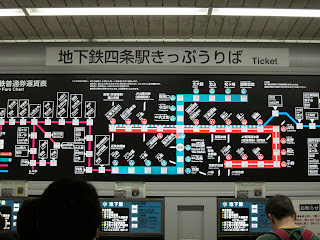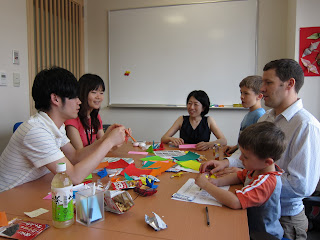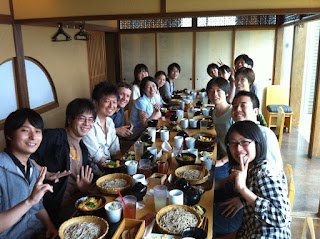

Its been interesting to witness the election dynamics while we are in Japan. Candidates like using loud speakers, drive around town in colorful vehicles to get attention, and flyers and supporters are everywhere. The erie thing was that the day after elections all had disappeared immediately. It was like nothing had happened.
The upper house elections, held last weekend, dealt a blow to the government of Prime Minister Kan from the center left Democratic party. The party had just last year come into power after decades of rule by the Liberal Democratic party, but the momentum seems to swing back quickly (Liberal Democrats had the most gains in this election). While its not entirely Mr. Kan's fault (he's only been in office for a month), it didn't help that he proposed doubling the sales tax right before election time.
Japan has had 19 (!) Prime Ministers leading the country since 1989. I've often asked why, but no one had a convincing explanation so far. Feel free to reply to my post of you do have an idea....
.jpg)









.JPG)


































.jpg)



